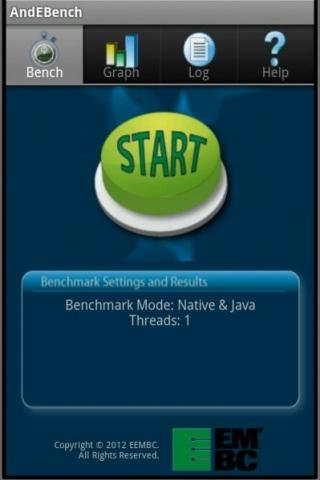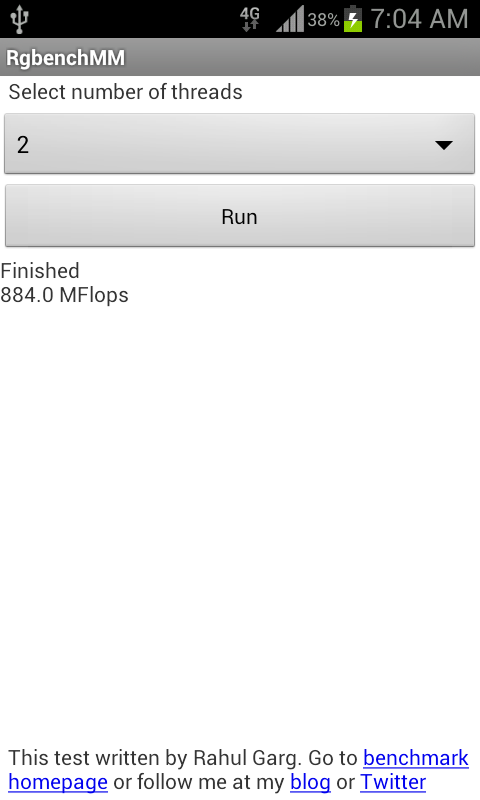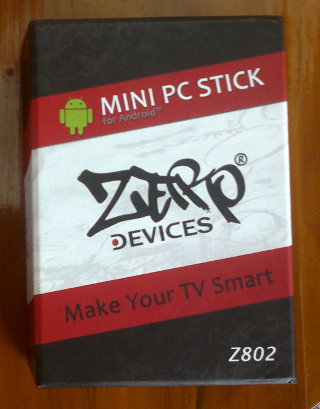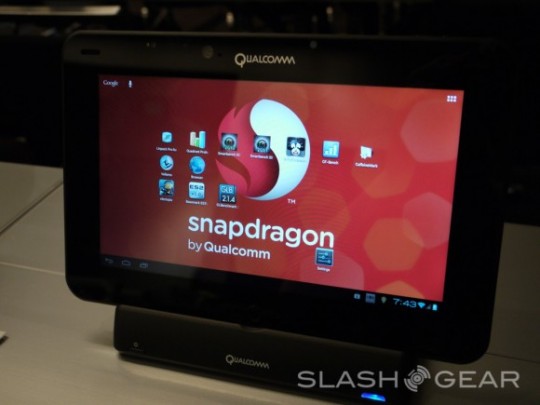This December is a busy month for silicon manufacturers and Cortex A7 processor, after AllWinner A20 and A31, Rockchip RK3188 (4x Cortex A9), Qualcomm MSM8226 & MSM8626, Broadcom BCM21664T (2x Cortex A9), MediaTek announced MT6589, a quad-core Cortex A7 System on a Chip (SoC) with Imagination Technologies PowerVR Series5XT GPU that targets mid to high-end Android smartphones and tablets. Mediatek MT6589 also integrates a multi-mode UMTS Rel. 8/HSPA+/TD-SCDMA modem developed in-house, Mediatek’s 4-in-1 connectivity combo (802.11n Wi-Fi, BT4.0, GPS and FM), and a multimedia subsystem that supports 1080p 30fps/30fps low-power video playback and recording, a 13MP Camera with Integrated ISP, up to FHD (1920×1080) LCD displays, and enhanced picture processing for DTV-grade image quality. This SoC also features MediaTek’s “Cool 3D” suite for support for stereo 3D cameras and displays & real-time 2D-to-3D, as well as support for Miracast technology. The first devices based on MediaTek MT6589 should be available […]
ZOPO ZP900S Leader Smartphone Unboxing and Review
I’ve just received ZOPO ZP900S smartphone from Pandawill by Fedex. This phablet features a 5.3″ display, MediaTek MTK6577 dual core cortex A9 processor with 512 MB RAM, 4GB flash and runs Android 4.0 (upgradable to Android 4.1 once the firmware is released). This is the lite version of ZOPO ZP900 which comes with 1GB RAM. Both devices look like low cost versions of the Samsung Galaxy Note as you can see from the comparison table below between ZOPO ZP900S, ZOPO ZP900 and Samsung Galaxy Note N7000. ZOPO ZP900S & ZP900 Specifications ZOPO ZP900S Leader ZOPO ZP900 Leader Samsung Galaxy Note CPU Mediatek MTK6577 @ 1GHz Samsung Exynos 4210 @ 1.4 GHz GPU POWERVR SGX531T ARM Mali-400MP RAM 512 MB 1GB 1GB Storage 4 GB Flash + microSD 16GB/32GB Flash + microSD Display 5.3″ IPS 960×540 (qHD) 5.3″ super AMOLED 1280×800 Camera 8MP Rear, 2MP Front 8MP Rear, 2MP Front Wi-Fi […]
List of Android Benchmarks, Optimizations Results & Benchmarks Analysis
Linaro Connect Europe occurred in Copenhagen on Oct. 29 – Nov. 2 2012 (LCE12) and included 3 mini-summits about Android, big.LITTLE and ARMv8. Linaro has recently posted the presentation slides and I’ll have a look at a few of those slides in details and try to post information that I feel can be interesting. Today. I’ll go over the “Benchmarking and Optimization Opportunities” slides, where we can learn which Android Benchmarks Linaro use, how they’ve decreased benchmark results variance, which parts of the system are actually tested by benchmarks (profiling), and what they plan to do to further optimize Android on ARM. When I do some reviews, I usually simply use Antutu and Quadrant benchmarks to assess the performance of the devices, but Linaro uses many more benchmarks which I’ll list below. I’ll provide 2 links for each benchmark. The first link is to the official website and the other […]
FPU and Memory Android Benchmarks: RgbenchMM & RgBandwidth
There are already a fair amount of Android benchmarks such as Antutu or Quadrant, but how those benchmarks work exactly is unclear and the number they return have no direct meaning, until you start comparing results to other device results. This is why Rahul Garg, a PhD student at McGill University, has written 2 new benchmarks to test FPU and memory bandwidth with known benchmark procedures and results in MFlops and MB/s which are both available on Google Play Store: RgbenchMM– A benchmark to test the floating point performance performing double-precision matrix multiplication and fully multi-threaded to support multiple cores. It’s programmed in C++ using Android NDK, and works with ARM and x86 devices running Android 2.3.3 and greater. RgBandwidth– Asimple memory bandwidth test which tests memory copy performance (in “Simple” mode), and uses tests derived from the STREAM benchmark (“Misc” tests). This can be used to get an estimate […]
Zero Devices Z802 mini PC Unboxing and Review
Yesterday, I received 2 mini PCs from Zero Devices: The AllWinner A10 based Z802 and the Telechips TCC8925 based Z900. Today, I’ll show the unboxing pictures of the Z802 and review the device, and I’ll take care of Z900 mini PC another day. Zero Devices Z802 is actually the same design as Rikomagic MK802, and was released about 2 weeks earlier, but fate made the media “gods” hype MK802 instead of Zero Device Z802. This mini PC features AllWinner A10 Cortex A8 processor clocked at up to 1.5 GHz, 512 MB RAM, 4 GB flash, built-in Wifi 802.11 b/g/n, a mini USB OTG port, USB 2.0 host port, a microSD card slot and an HDMI female connector. I received the device in the package pictured on the left. Once you open the box, you’ll see the Z802 on top, and once you pull off the cover, you’ll see quite a […]
Qualcomm Snapdragon S4 Pro Mobile Development Platform Is Now Available for $1299
A few weeks ago, Qualcomm showcased their new Snapdragon S4 APQ8064 processor with their tablet reference design at Uplink 2012. The platform (Snapdragon S4 Pro Mobile Development Platform for tablets (MDP/T)) is now available to developers for 1299 USD. This development tablet based on APQ8064 processor with Adreno 320 GPU comes with 2GB LPDDR2 RAM and 32 GB flash, features a 10.1” WXGA Multi-touch display, and runs Android 4.0. It will allows developers and manufacturer to develop, test, optimize and showcase applications and games for a wide range of pre-commercial Android devices. Here are the technical specifications of the Snapdragon S4 Pro APQ8064 MDP/T: Processor APQ8064 @ 1.5 Ghz (Quad core) PM8921+ PM8821 (PMIC) WCN3360 (WLAN/BT/FM) WCD9310 (Audio) WGR7640 (GPS) Graphics Adreno 320 graphics processing unit (GPU) Display 10.1” 1366×768 display True multi-touch capacitive touch screen Video 1080 High-definition video recording and playback up to 30 frames per second Stereoscopic […]








